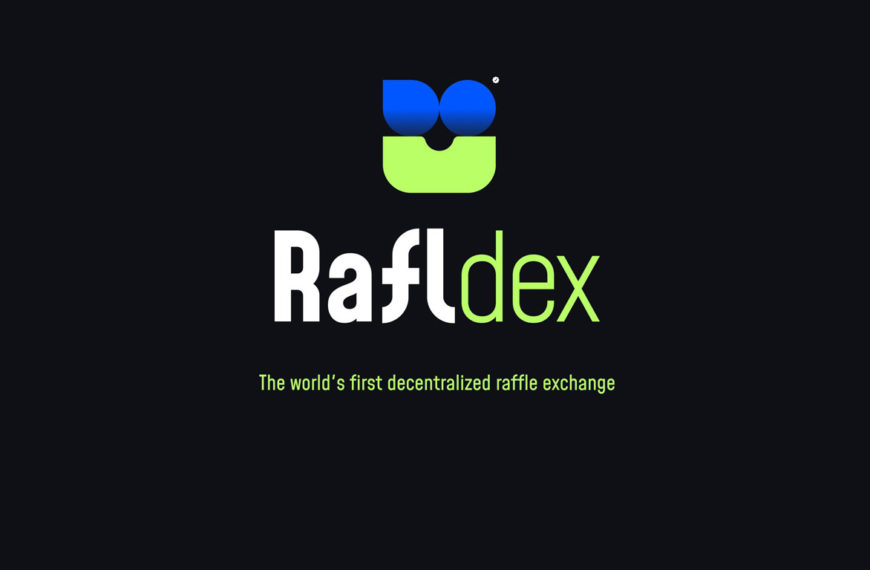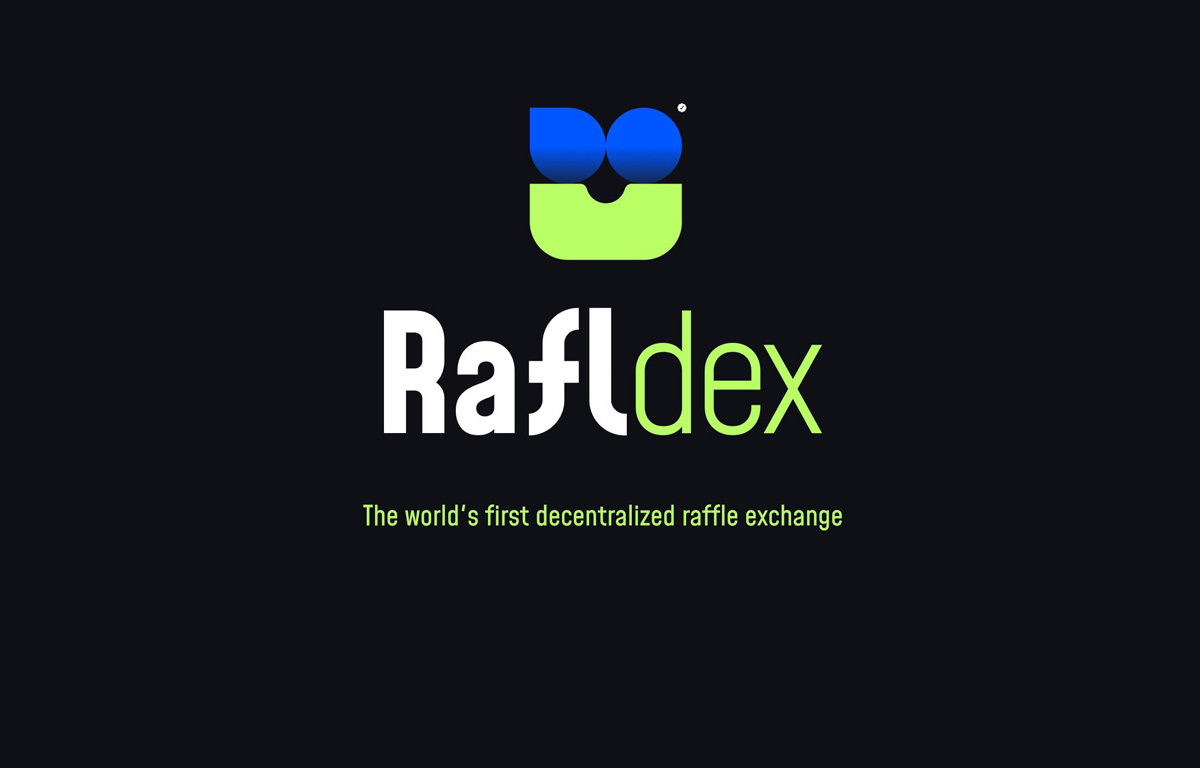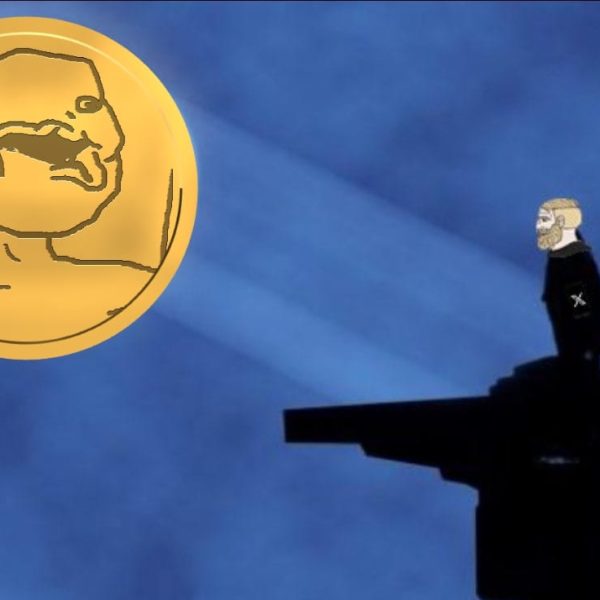Blockchain Technology is changing the game in innovation. It makes transactions safe and creates decentralized systems. This technology is affecting many areas, making things that were once thought impossible now possible.
The future of Blockchain looks bright. It will solve long-standing problems by combining transparency with new tech. This journey shows how Blockchain is changing finance and healthcare.
Every field can benefit from Blockchain’s power. It makes the world more connected and efficient. Let’s see how these advancements are changing what we think is possible.
Understanding Blockchain Technology
Blockchain technology changes how we store and share data. It starts with understanding its Blockchain Basics. This system uses a Distributed Ledger, a shared record of transactions across many computers.
Unlike traditional databases, blockchain has no single point of control. This is thanks to Decentralization. It makes the system more secure and reliable.

Definition and Basic Concepts
A blockchain is a series of blocks, each with data. Everyone has a copy of the ledger, making fraud hard. The blocks are linked by cryptography, keeping the chain secure.
This Decentralization model cuts out middlemen. It lowers costs and boosts transparency. The idea of a Distributed Ledger began in the 1990s. But it really took off with Bitcoin in 2009.
Historical Milestones and Evolution
Bitcoin’s launch was the first real-world blockchain use. Later, Vitalik Buterin introduced Ethereum, adding smart contracts. Now, finance and healthcare use blockchain too.
Early issues like scalability led to new solutions. Innovations like sharding and layer-2 solutions have pushed the technology forward. Each step brings us closer to a decentralized future.
Blockchain Key Components and Architecture
Blockchain is built on key components that work together for security. Nodes, or computers, are the heart of this system. Each node has a copy of the blockchain architecture, keeping data safe and open.
The ledger, a shared record of transactions, is updated instantly across all nodes. This makes it impossible for one point to fail.
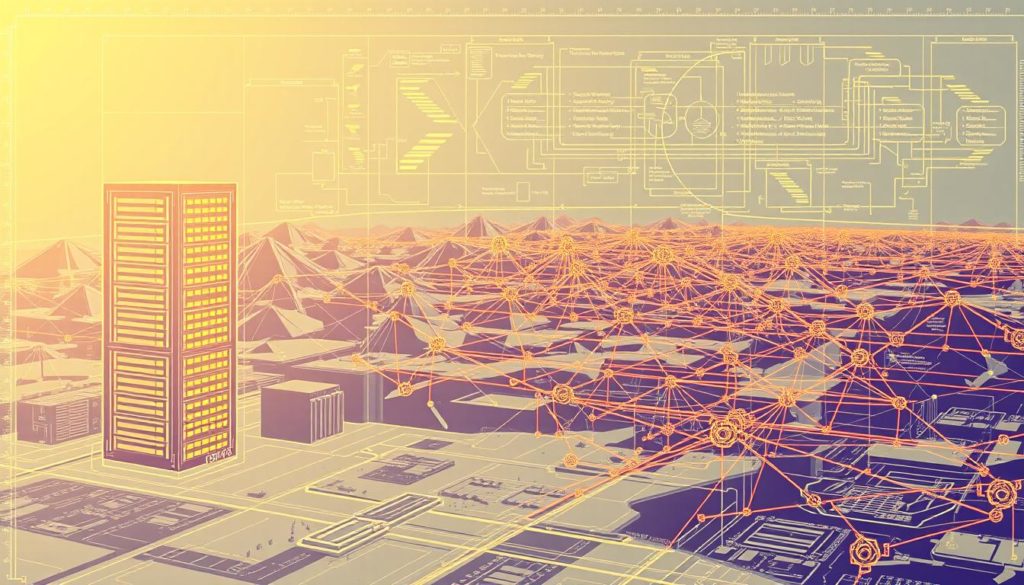
Consensus mechanisms are the brain of the system. They decide if transactions are valid. Protocols like Proof of Work or Proof of Stake make sure all nodes agree.
This agreement prevents fraud and keeps the network strong. The architecture has layers: data, network, and application. Data layers protect transactions, network layers connect users, and application layers let users interact.
Think of blockchain like a puzzle. Each node is a piece that fits perfectly with others. This design makes blockchain great for secure systems. It’s perfect for tracking goods or smart contracts, building trust in the digital world.
Innovative Use Cases Transforming Industries
Blockchain is changing industries by solving old problems with transparency and efficiency. It helps track goods and make financial services available to more people. Its impact is worldwide and keeps growing.

Supply Chain Blockchain
Companies like Maersk are using Blockchain to make logistics digital. Every step, from making to delivering, is recorded forever. This reduces delays and fraud, letting consumers know their products’ origins.
Walmart can now track food sources in seconds with Blockchain. This makes recalls safer and more efficient.
Financial Inclusion Through Decentralization
Over 1 billion adults don’t have bank accounts. Blockchain is helping fix this. Platforms like Stellar make small transactions possible without high fees.
In Kenya, BitPesa connects people without bank accounts to global markets. It helps small businesses and individuals make borderless payments.
Smart Contracts and Automation
Smart Contracts automate agreements, cutting out middlemen. Insurance companies like AXA use them to pay out automatically when there’s a flight delay. This makes things faster and cheaper.
Real estate deals can close quicker without lawyers or escrow. This reduces costs and mistakes.
Emerging Trends and Innovations in Blockchain
Blockchain is changing the game in many fields, thanks to Emerging Blockchain Trends. DeFi platforms are changing how we think about money. They offer peer-to-peer lending and exchanges without banks.
These Blockchain Innovations let people all over the world make fast, safe transactions. They also make financial services clear and open.
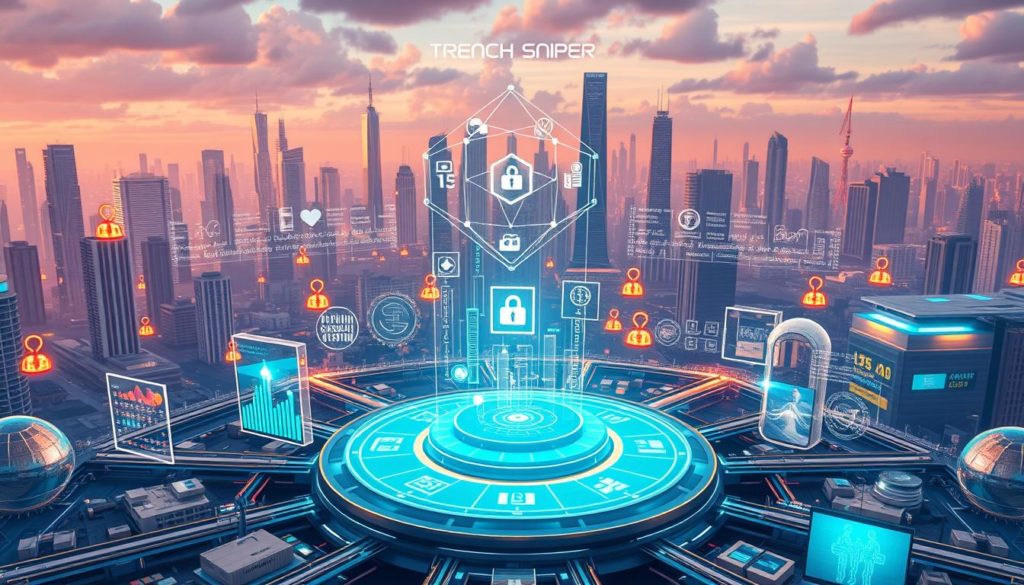
Rise of Decentralized Finance (DeFi)
DeFi is growing fast, with big names like Uniswap and Aave leading the way. They use smart contracts to cut out middlemen. This makes things cheaper and more accessible to everyone.
Now, people can manage their own money. This move towards financial freedom is what many want.
Integration of Blockchain in Healthcare
Healthcare Blockchain is changing how we handle patient data. Hospitals and researchers use it to keep medical records safe and private. This way, they can share information easily.
Projects like Medicalchain show how blockchain can speed up medical research and check drugs. It builds trust in healthcare.
As these trends grow, more industries are seeing blockchain as a game-changer. It’s not just a tool anymore. It’s a force that’s changing everything, from finance to healthcare.
Challenges and Opportunities in Blockchain Integration
Using blockchain technology comes with blockchain challenges that companies must tackle. Issues like scalability and security concerns are major obstacles. Networks like Bitcoin and Ethereum struggle with high transaction volumes, slowing down adoption.
Scalability and security need new solutions. Platforms like Cardano and Solana are exploring layer-2 protocols to improve speed and security. But, smart contract flaws, like the 2016 DAO hack, show ongoing security concerns. Developers use audits and bug bounty programs to reduce risks.
Regulatory and Compliance Landscapes
Global regulatory compliance makes things more complicated. The SEC’s views on crypto in the U.S. are unclear but push for clear rules. Companies like Binance and Coinbase work with legal experts to understand and follow new laws. This helps build trust with institutions.
These hurdles drive innovation. As technology and laws improve, businesses can manage risks and seize opportunities. Overcoming blockchain challenges today will lead to a stronger future.
Blockchain and Future Technological Convergence
Technologies like AI, IoT, and AR are now connected through blockchain. This technological convergence opens up new possibilities. Imagine AI analyzing data on blockchain while IoT sensors trigger smart contracts instantly. This mix drives blockchain innovations in many fields.
Interoperability with Emerging Technologies
Blockchain is becoming a trust layer for emerging technologies. Projects like Polkadot and Cosmos make it possible for different chains to talk to each other. This lets AI models check transactions or healthcare data sync securely.
Companies like IBM and Microsoft are already using blockchain with cloud platforms. This shows that interoperability is not just a theory—it works in real life.
Potential Innovations Across Sectors
Healthcare could share patient records safely worldwide. Finance might see better trading thanks to AI and blockchain. Retail could change too, with AR trying on clothes while blockchain checks if they’re ethically made.
These ideas are not just dreams. They are being tested and could soon become reality.

Global Impact and Market Insights
Blockchain is changing the world with its Global Blockchain Impact. It’s making economies more decentralized. In 2023, the industry is expected to grow to $39 billion by 2030.
This growth is thanks to more cross-border transactions and smart contracts. Investors are now focusing on Blockchain Investment in healthcare and finance. The U.S. and EU are leading in making rules to attract more money.
Asia is becoming a key player in blockchain, especially for supply chain transparency. Companies like IBM and Maersk have cut shipping delays by 40% with blockchain. This shows blockchain’s real-world benefits.
Investors are watching these Market Insights to find good deals. McKinsey says 70% of Fortune 500 companies are looking into blockchain partnerships. This is to stay ahead in the market.
Smart contracts are also making legal costs lower. Central banks are even testing digital currencies. This opens up new chances in fintech and cybersecurity.
As blockchain use grows, Blockchain Investment funds are earning 15% a year. This makes it a great choice for tech-savvy investors. Knowing these Future Trends helps businesses keep up with the digital economy.
Conclusion
Blockchain technology has grown from a small idea to a big change in many fields. This blockchain summary shows how it works with key parts like decentralization, transparency, and security. These help make things like smart contracts and tracking goods possible.
It has helped bring financial services to places that needed them and made healthcare data easier to share. The future of blockchain looks bright, with even more ways to use it in our lives.
Even with challenges like making it bigger and figuring out rules, blockchain keeps moving forward. Companies like IBM and Maersk are already using it to make supply chains better. This shows how useful it can be.
As more areas start using blockchain, solving today’s problems becomes easier. The final thoughts blockchain is that working together and being flexible will help it grow even more.
Blockchain’s effect is clear in finance, healthcare, and logistics. Keep an eye on this digital change—it’s not just about code and records. It’s about making a fairer and more connected world. The future is wide open with endless possibilities.



